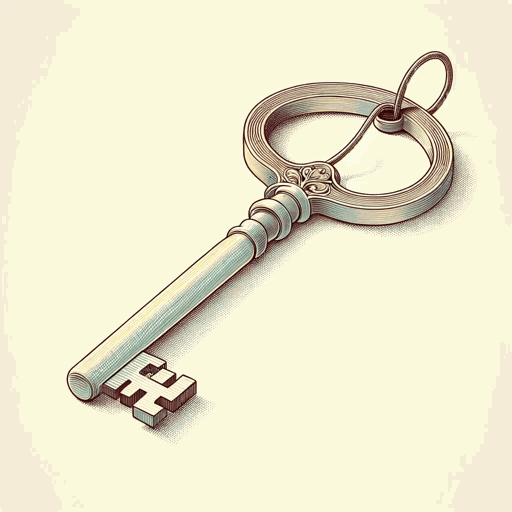47 pages • 1 hour read
V. C. AndrewsFlowers In The Attic
Fiction | Novel | YA | Published in 1979A modern alternative to SparkNotes and CliffsNotes, SuperSummary offers high-quality Study Guides with detailed chapter summaries and analysis of major themes, characters, and more.
Symbols & Motifs
The Doll
The doll, an inanimate replica of the human form, which child’s play manipulates and imbues with life, is a recurrent motif in the novel. The word “doll” heads Dollanganger, the fictitious surname of Cathy’s nuclear family, and is appropriate because the blond, beautiful family considers itself the perfect prototype of humanity, and the male and female prototypes of mother and father duplicate in the aspects of daughter and son in a manner that resembles a doll factory. Indeed, the family is nicknamed the “Dresden dolls” after an old, European porcelain doll manufacturer (7). Given that the theme of incest runs throughout the novel, this doubling of prototypes creates an ominous tone that sets Cathy and Chris on the same path as their parents.
The doll gains further resonance for Corrine, who following her husband’s death, considers herself “a pretty, useless ornament who always believed she’d have a man to take care of her” (27). As a spoilt daddy’s girl and indulged housewife, Corrine lives out the cliché of a grown woman kept like doll in a patriarchal society (27). When Corrine, as a little girl, inherited her own dollhouse, and got to be in charge of a miniature household, she was whipped for breaking “a very handsome young man doll” when she tried to take off his coat and judged as sinful for “wanting to see what was underneath the clothes” (190).
Related Titles
By V. C. Andrews



